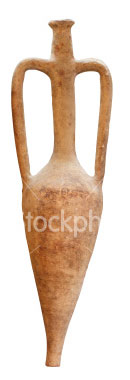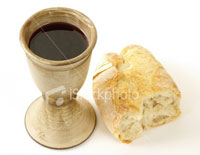Wine Society
The University of Bath Student's Wine Society
A Brief History of Wine
6000 to 4000 BC
 Approximate start of cultivation of grapes to produce wine in Asia Minor.
Approximate start of cultivation of grapes to produce wine in Asia Minor.
3000 to 2000 BC
The trade and production of wine begins to take off in the Meditaranean.
Around 2500 BC
Texts on ancient egyptian tombs show that wine was being made from grapes.
Around 2000 BC
Greeks and the Cretans began to produce wine, the Cretans became famous for exporting quality wine.
Around 1600 BC
Wine is brought to europe by the ancient Greeks
Around 1100 BC
Vines first planted in Spain in the area around Cádiz. These wines were more like Sherry, and were rich and heavy.
Around 1000 BC
Italy and Sicily start to produce their own wine.
Around 500 BC
Wine making Southern France and Arabia.
500 BC to 300 AD
Wine making is further spread by the Roman Empire.
92 AD
Due to the large surplus of grapes the emperor Domitian decrees that half the vines outside Italy were be uprooted!
Around 100 AD
 Monks in France begin to establish vineyards, and due to the religious significance of wine, production techniques were preserved by these monks after the fall of the Roman empire.
Monks in France begin to establish vineyards, and due to the religious significance of wine, production techniques were preserved by these monks after the fall of the Roman empire.
500 to 1200 AD
The Dark Ages. Very little in the way of advancements are made to the production of wine in this time.
1500 to 1600 AD
Colonialisation saw that wine was bought to the Americas
Around 1650
Early glass bottles start to be produced. They were squat, broad and rounded. Before this bottles were usually made of pottery or leather.
1655
The first vines are planted in South Africa, and wern't partucularly sucessful.
1688
Dom Pérignon, a Benedictine monk who is appointed treasurer at the Abbey of Hautvillers. Dom Pérignon's duties was the management of the cellars and wine making. He is creditied with laying the foundations for making Champagne.
1698
The worlds oldest running wine shop, Berry Bros and Rudd, opens in London in 1698. George Berry didn't take over the shop until 1803.
1729
Ruinart became the first recorded Champagne house.
1743
Claude Moët founds the House of Moët, which has become the largest champagne house of today.
Around 1770
California starts to produce wine. Within a century, it became one of the great wine-producing regions of the world.
1788
Australia starts producing wine.
1819
New Zealand starts producing wine.
1816
First prohibition law is enacted in Indiana.
1840
Prohibition laws have been enacted in seven of the thirty one states.
1855
The Bordeaux classification system received official recognition. This system rates the Bordeaux wines based on their market price.
1857
French chemist Louis Pasteur discovered that yeasts were responsible for turning grape juice into wine. This discovery led to better methods for producing wine.
1863
Grape cuttings from America were taken to the Botanical Society in England. Unfortunately these cuttings were infected with species of root louse called Phylloxera Vastatrix. This louse, over the next twenty years, devastated the vineyards in europe. Fortunately a solution to this problem was provided by Thomas Munson, who was a horticulturist from Dennison in Texas. His solution involved grafting American rootstock, which was resistant to Phylloxera, on to Europe's vines.
1867
The world's oldest wine bottle is found in Germany, it dates from around 325 AD
1880
Grafting of rootstocks becomes more widely accepted.
1882
Carl Wienke invents the corkscrew called the 'Butler's Friend'
1888
H.S. Heeley invents the double winged lever corkscrew.
1920 to 1933
Prohibition comes into full force in the USA with the Volstead Act, ironically this only increases the consumption of alcohol. Unfortunately for the vineyards they were mostly shut down.
1935
France sets up a country wide Appelation system to help control the quality of French Wine.
1951
Max Schubert at Magill Estate, Australia, develops the first experimental vintage of Grange Hermitage (now known as Penfolds Grange)
1976
The wine world is given a shock when judges, at a blind tasting in Paris, place two Californian wines above those from France!
Return to the Wine Guide Contents
A brief history of Wine |
Growing Vines and Grapes |
Harvesting |
Making Red Wine |
Making White Wine |
Making Rosé Wine |
Making Champagne |
To Oak or not to Oak? |
From Fermentation to Bottle
